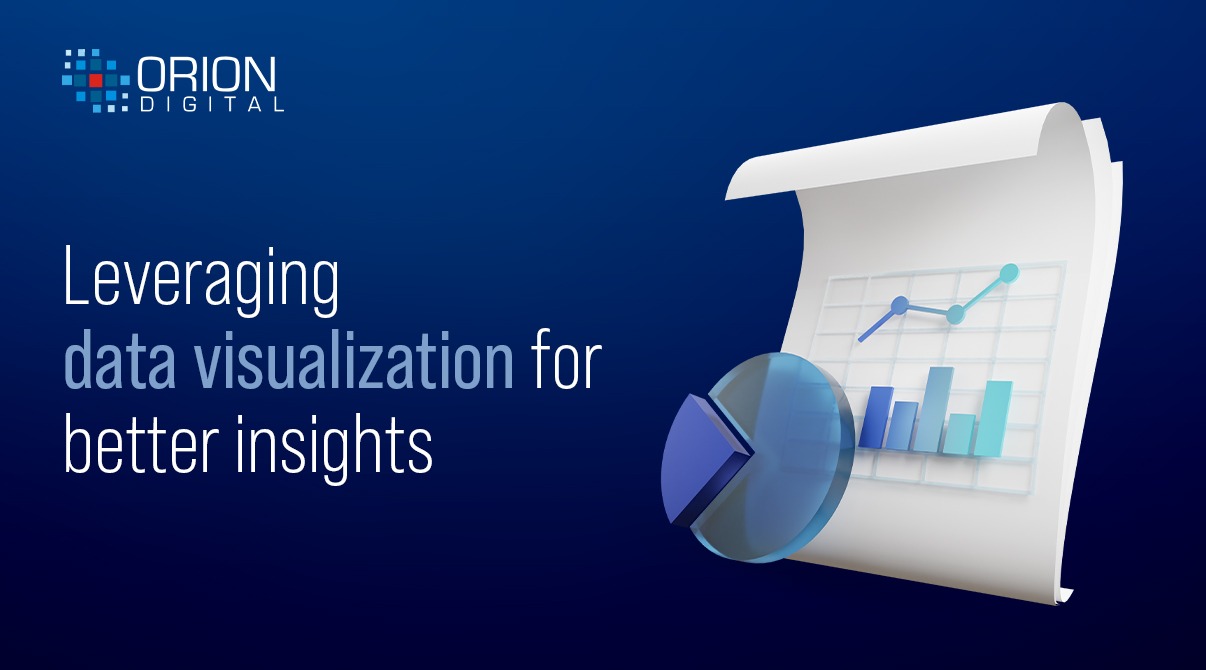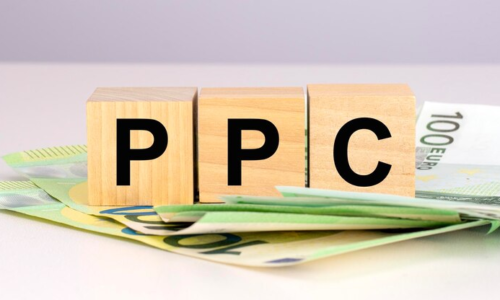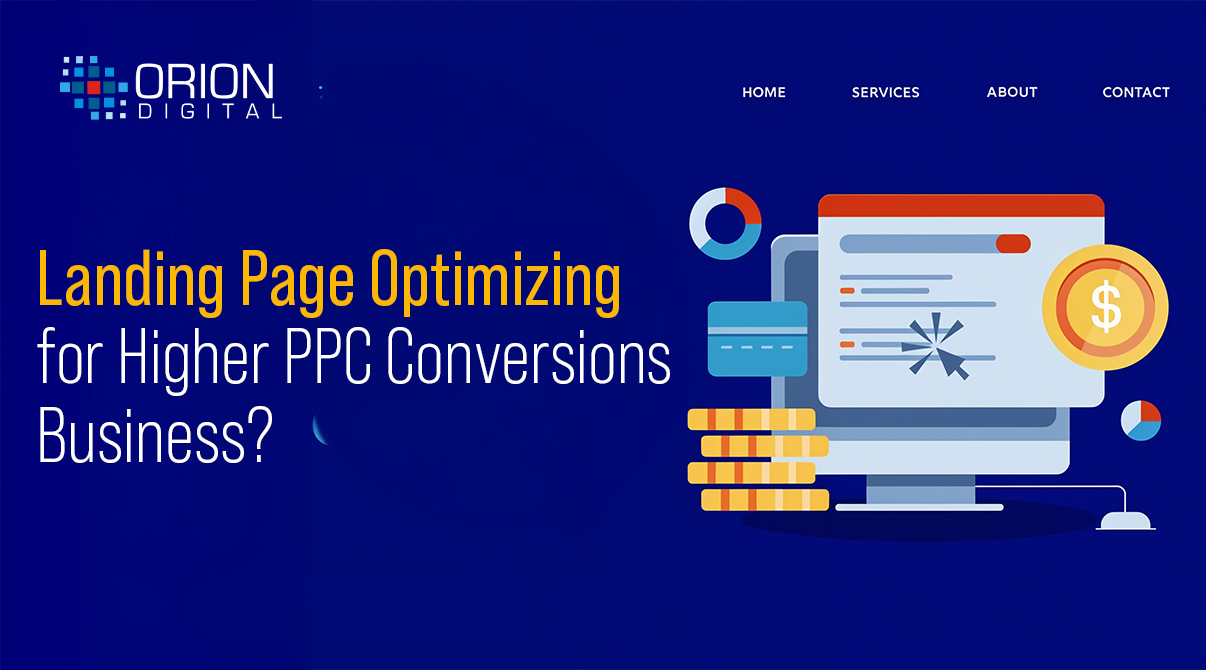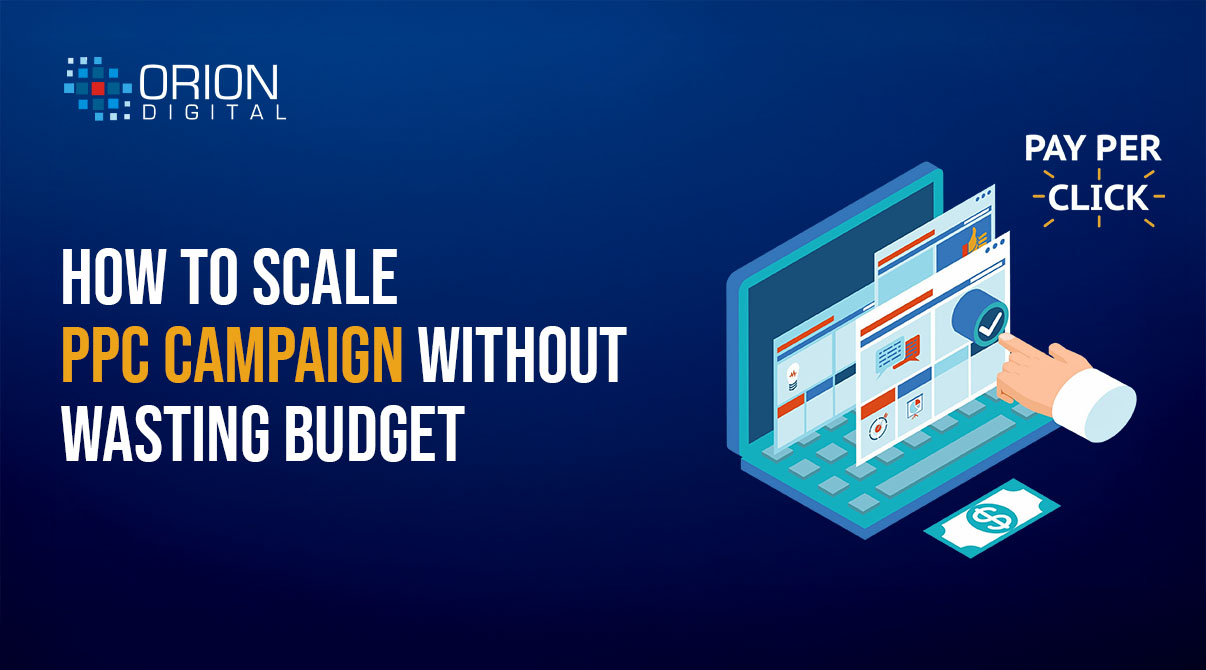
Leveraging data visualization for better insights
- Naveen N
- July 15, 2024
- Digital Marketing
- Digital Marketing
- 0 Comments
Using Data Visualization is required for better perceptivity. In the time of information load, the capability to effectively reuse and understand data is consummate. Data visualization, the art and wisdom of communicating information visually, has surfaced as an important device for rooting meaningful perceptivity from datasets.
Broad domain of Data Visualization
- Transubstantiation of raw data into fluently scrutable plates, maps, and charts, are done by data visualization. It empowers individuals and associations to make informed opinions, discover retired patterns, and give rulings effectively. Vast amounts of data, relating trends, outliers, and correlations can be a daunting task to handle.
- Data visualization excels at conveying daedal ideas compactly. By replacing thick tables and spreadsheets with visually engaging representations, it simplifies messages and enhances followership engagement.
- Clarity and simplicity should be visible with, finessing clutter and fastening on the gut communication.
- Contextualizing the data through markers, titles, and units is important. Interactive visualizations help to explore data in colorful situations. It can give deeper perceptivity and nurture a more engaging experience. A different batch of visualization ways exists to manipulate nonidentical data characteristics and logical pretensions.
- Bar maps effectively analogize orders or groups, while line maps exceed at showcasing trends over time.
- Smatter plots uncloak connections between variables, and pie maps illustrate portions of an entire.
- Histograms fantasize frequency dispensations, and map present-day geographic data.
- Heatmaps represent data vehemence across a room, treemaps flash hierarchical data, and network plates fantasize connections between realities.
- The operations of data visualization span across multitudinous disciplines. In business intelligence, it aids in relating request trends, gathering clients, and optimizing functional effectiveness.
- In the stock market it is used to fantasize stock prices, take investment portfolios, and charge fiscal pitfalls. Marketers pay visualization to understand client preferences, measure crusade interpretation, and upgrade marketing strategies.
- Governments calculate on visualization to track profitable pointers, dissect population demographics, and estimate public procedure jolts.
Tools and technologies of Data Visualization
The tools and technologies accessible for data visualization have expanded significantly. While Microsoft Excel offers introductory related capabilities, specialized data visualization software like Tableau, Power BI, Qlik, and Looker give improved features and functionalities. Programming languages similar to Python and R, along with libraries like Matplotlib, Seaborn, Plotly, and ggplot2, offer lesser inflexibility and customization. Online platforms like Google Charts, Datawrapper, and Infogram give stoner-friendly interfaces for creating visualizations without rendering moxie. To maximize the advantages of data visualization, it’s essential to path it strategically. Call the prey followership and knitter the visualization consequently. Strive to produce a satisfying narrative around the data, utilize visualization to tell a story. Operative use of color can enhance visual jolt and clarity.
Why is it important?
Data visualization is a foundation of ultramodern business intelligence(BI). It transforms raw data into practicable perceptivity, empowering companies to make informed opinions, optimize missions, and gain a competitive bite. By visually defining data, associations can identify trends, patterns, and aberrations that might else remain retired within spreadsheets.
Various types of analytics
- Dashboard: Interactive dashboards give a holistic prospect of crucial interpretation pointers(KPIs), allowing real-time monitoring and quick resolution- timber.
- Trend dissection: It helps to analyze data over time to identify excrescency, decline, or seasonal patterns, informing strategic planning.
- Relative dissection: Nonidentical criteria or parts visually allows for ready identification of puissance, sins, openings, and pitfalls.
- Prophetic analytics: Imaging literal data and vaticinations can support identify implicit unborn trends and pitfalls.
- Client analytics: It helps in gathering client geste preferences, and segmentation through visual representations mates in targeted marketing and client retention.
Importance of Data Visualization in different domains
Data visualization is revolutionizing healthcare by perfecting patient issues, optimizing resource allocation, and accelerating medical exploration.
- Epidemiological dissection imaging complaint bursts and broadcast patterns helps in public health planning and reaction.
- Clinical resolution brace imaging patient data, similar as medical history, lab effects, and imaging inquiries, assists in opinion and treatment planning.
- Population health operation gathering patient populations and health difference through visualization mates in targeted interventions and resource allocation.
- Medicine detection imaging molecular structures and relations can accelerate medicine evolution processes.
- Portfolio operation Visualizing interpret and allocates portfolio optimization.
- Fraud discovery relating unusual patterns in fiscal deals through visualization can support descry fraudulent conditioning.
- Request dissection imaging helps to detect trends, contender dissection, and client geste.
While data visualization offers immense advantages, it also presents expostulations. icing data delicacy, opting applicable visualization manners, and addressing implicit impulses are pivotal considerations.
In conclusion, data visualization is a transformative tool that empowers individuals and organizations to unlock the hidden potential of their data. By adhering to key principles, selecting appropriate techniques, and leveraging the right tools, organizations can harness the power of visualization to make data-driven decisions, uncover valuable insights, and communicate effectively.






